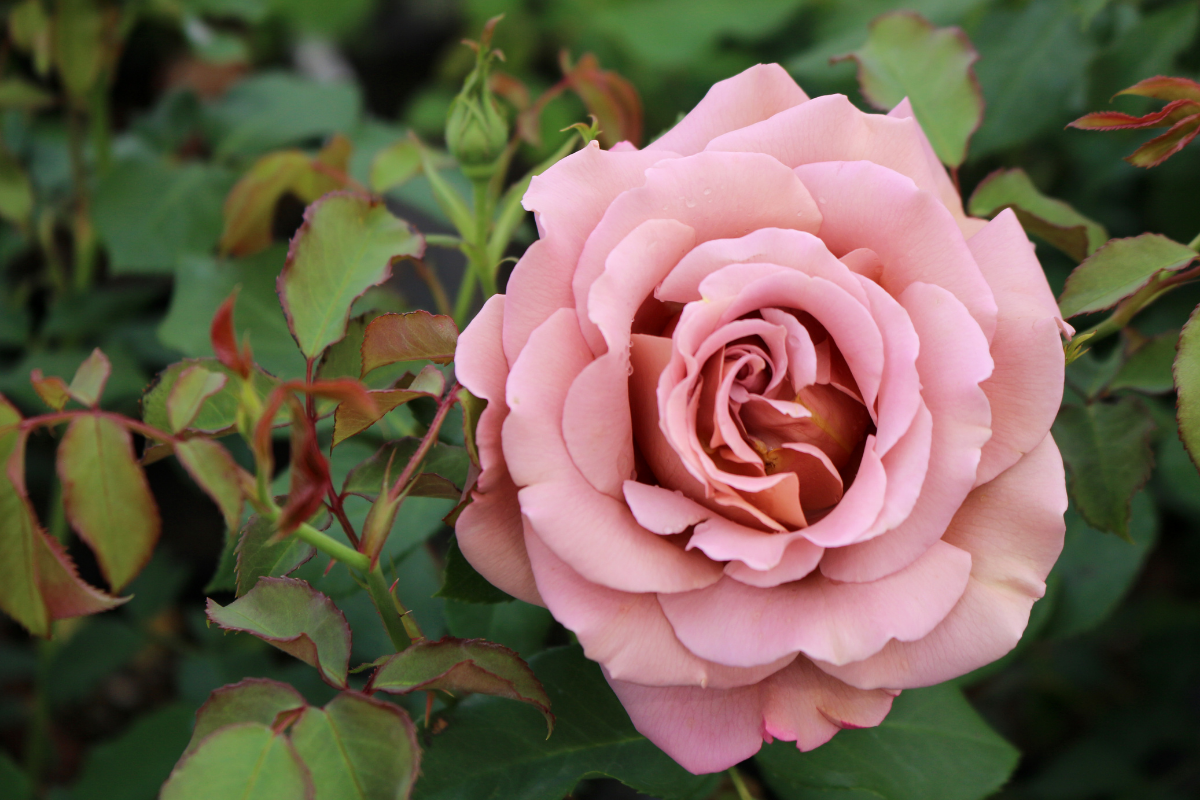
A Quick Guide to Taking Care of Your Roses
The sight of roses in bloom brings so much joy, and the smell is fresh and wonderful. But how do you keep your rose bushes looking healthy and smelling wonderful year after year? We have been growing many different types of roses in our gardens over the years and have learned a thing or two about keeping our roses flourishing for years. Whether you have just a bush or two or a full garden of roses we have a quick guide for pruning your roses to keep them bursting with blooms all season long.
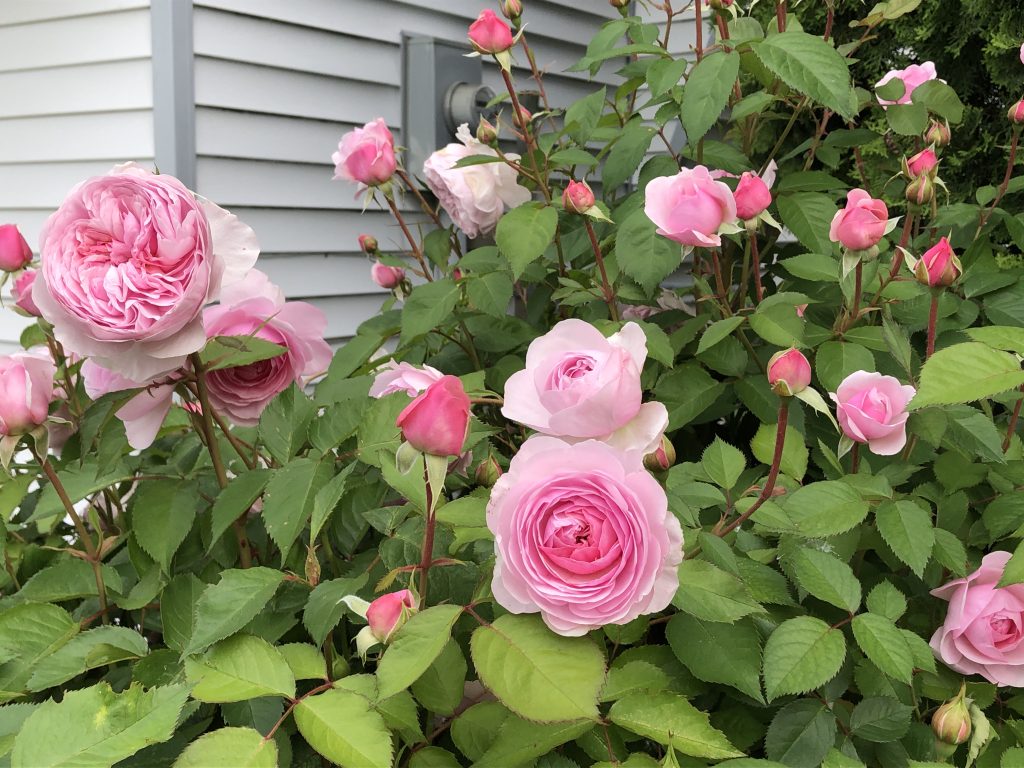
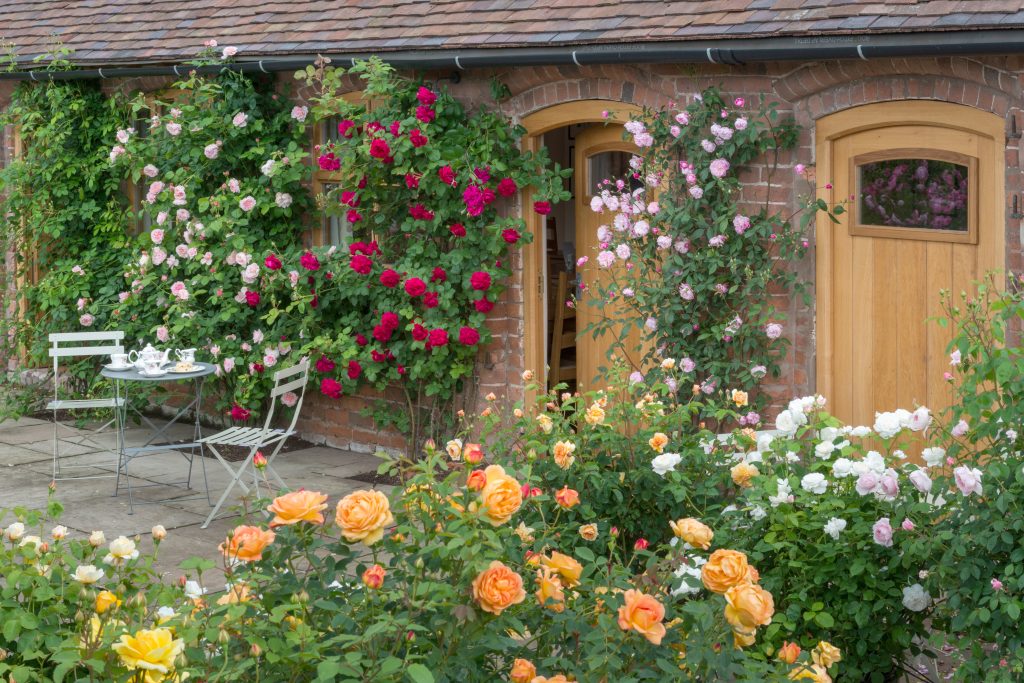
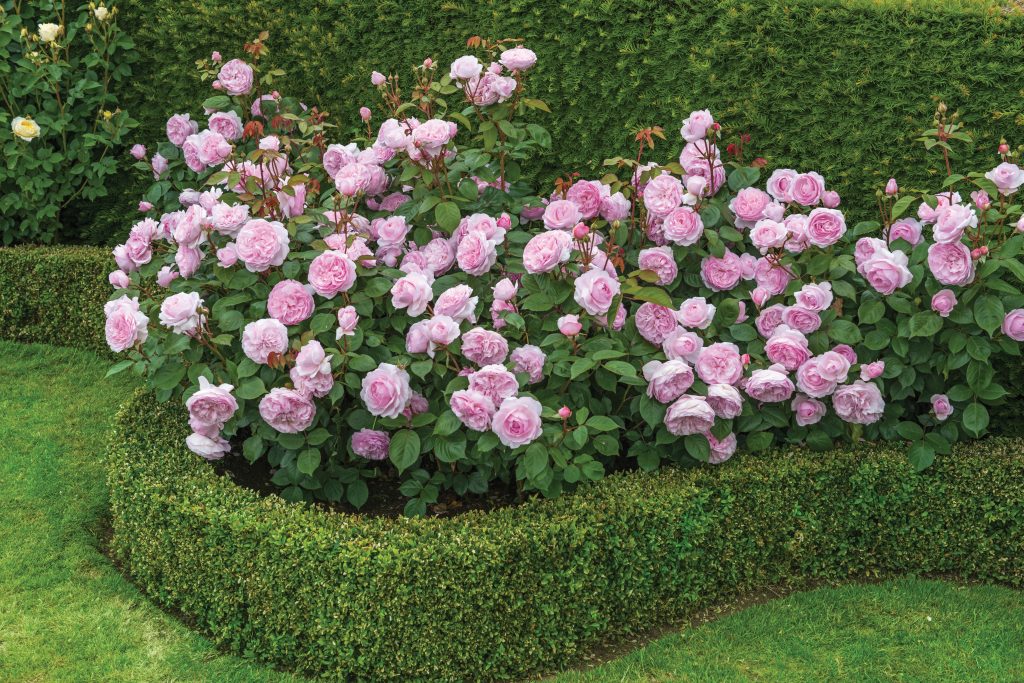
When to Prune your Roses
The question we get asked the most is ‘when do I prune my roses?’ The answer depends on where you live. For roses, the major pruning happens in early spring and will depend on the zone you live in. If you are living in zone 8, February or March is your time to start, zones 5-6 pruning happens during March or April, and zones 3-4 pruning happens in May. To find out which zone you are in check out our map. After the last winter frost, once you see the leaf buds on your plant being to swell and turn a pinky-reddish hue is the general rule for when to cut back your roses.
How to Prune Roses
Once you have your date set, it’s time to take out your recently sharpened by-pass pruners, a pair of thick leather garden gloves, and get to work. When it comes to pruning we like to say that less is more, but with rose bush pruning you want to prune according to the type of rose. Begin with taking off any remaining leaves as these will drop off eventually as your rose will produce new fresh leaves. So go ahead and clean up the leaves now, and you can get a good look at what you are going to be working with.
Then it is on to removing any broken, dead, or diseased wood. Stems on a rose bush die back after a few years and they need to be taken out to help promote new cane growth. Follow brown dead stems to the base where it connects to the main trunk and trim is tightly without damaging any healthy stems (which are green in colour). For broken stems, follow it to a healthy green area and trim it at a 45 degree angle 1 cm (1/2”) above a leaf bud. Make sure you expose the white flesh (pith) inside the stem. If you don’t see white or green on the inside of stem, cut a little lower until you see some. The white pith is a sign of a healthy stem.

Correct method of pruning is stem ‘A’
B – too low, C – too high, D – too angular
Once the dead wood is removed, it is time to remove twiggy canes. These canes are thinner than a pencil (about 1/3 of an inch) and will not produce many blooms. Trim them cleanly to the larger stem, this helps your rose focus on making new strong side shoots that will be able to produce a lot of blooms.
Tip!
A bush type rose can be a hybrid tea, grandiflora, floribunda, shrub, David Austin English shrub, miniature or rugosa.
If you have a grafted rose bush, it is also very important to remove any sucker growth. A sucker is a stem that can grow directly from the roots in the ground or from below the grafted point (bud union) on the main stem. This sucker growth is emerging from the root stock (usually rose Dr. Huey) which is different than rose you are expecting. Any time you see a sucker growth on your bush, trim it right away to the ground. These sucker growths will take away nutrients from the other parts of bush and will eventually take over your decorative rose. If you have an own root bush, all the stems will bloom true to the variety, so you will not have any sucker growth.
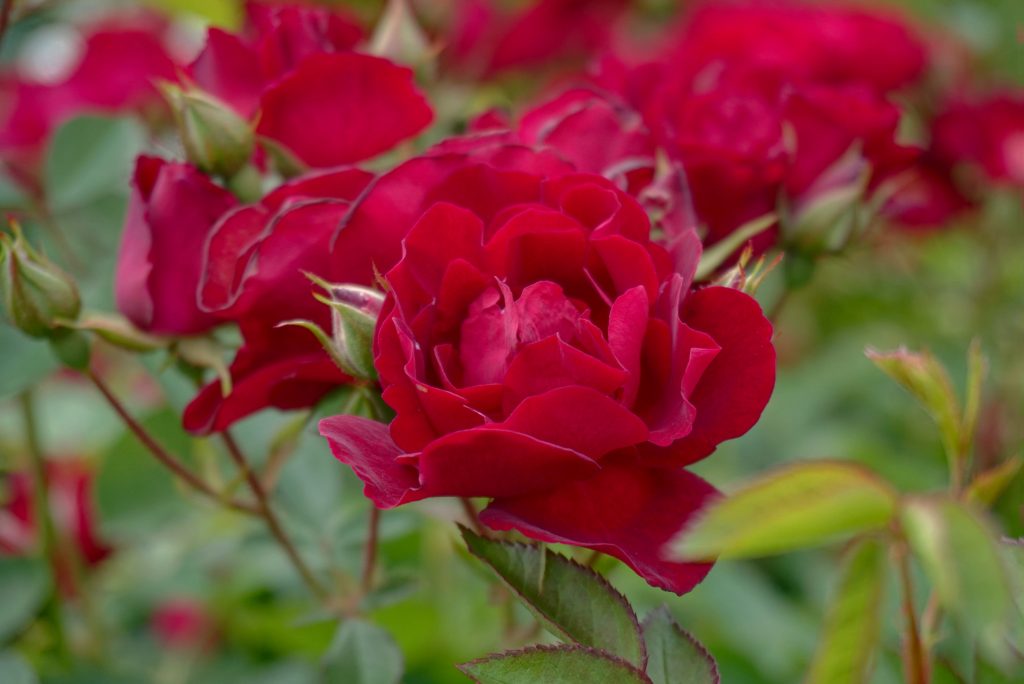
Tip!
Rose Dr. Huey is a very hardy variety that is used as a root stock for many grafted/budded roses. Its blooms are single dark red flowers and will look very different from the decorative variety you are expecting.
The next step is to prune for health. Open the center of the bush by removing stems that are crossing through the plant and causing rubbing damage and encourage disease. An open vase-shaped shrub allows for good air circulation which allows the leaves to dry quickly after a rain, which reduces opportunities for black spot and mildew to start.
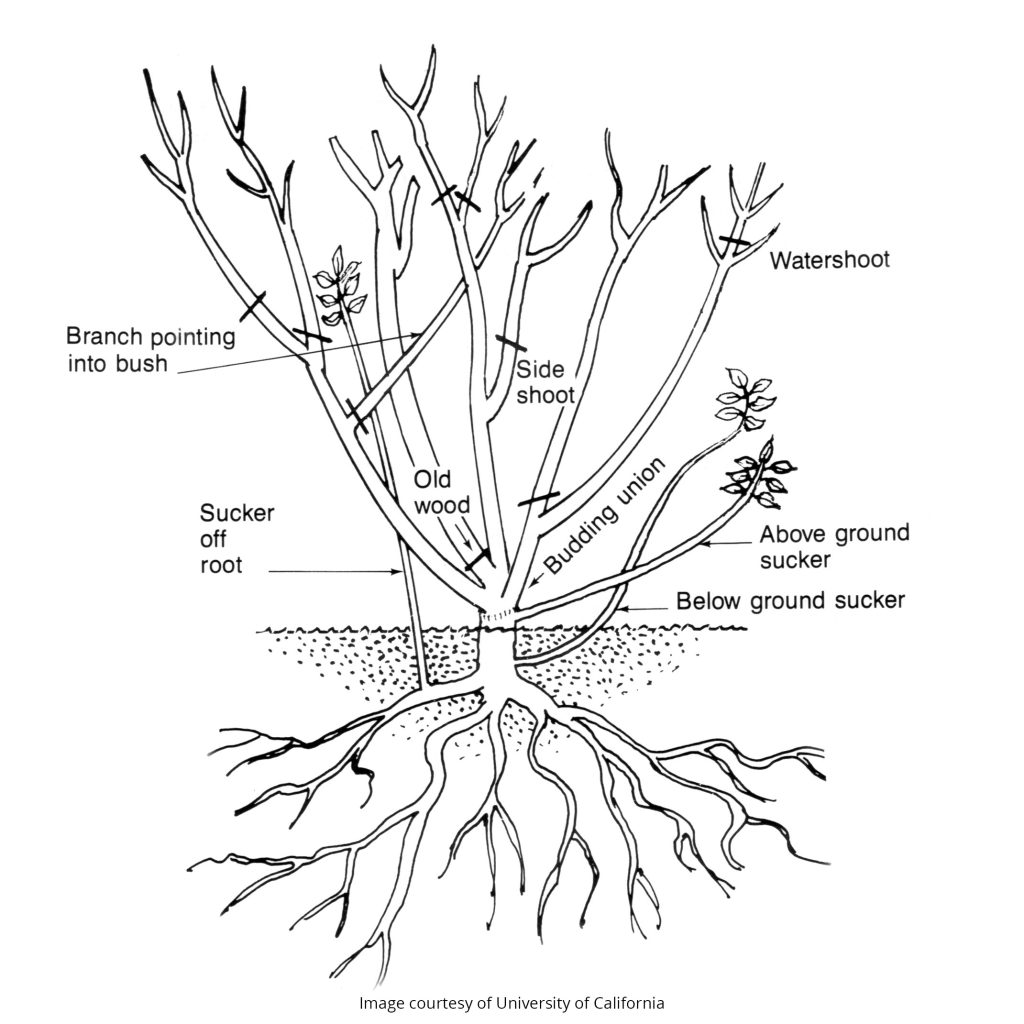
The final step is to prune for height and shape. This step is the best because you get shape the plant to the location and your desired tastes. If your bush is 2 or more years old then trim 1/3 off top of the stems, leaving 2/3 of the height – this will maintain its size. If your bush is more mature and has not been pruned for a couple of years, you can reduce its size by pruning by ½ its height – without impacting the flowering. Remember to trim at a 45 degree angle to 1 cm (1/2”) above an outward facing leaf bud. Now you can trim for shape. Is your rose near a walkway and will the stems or thorns snag passers-by? Trim these stems closer to the main trunk or remove them – we all want our roses to be enjoyed for their beauty and fragrance and not remembered for ensnaring our pet or mail delivery person. So, once it is looking to your desired shape and fits the space it is in, let it grow and enjoy the beautiful blooms.
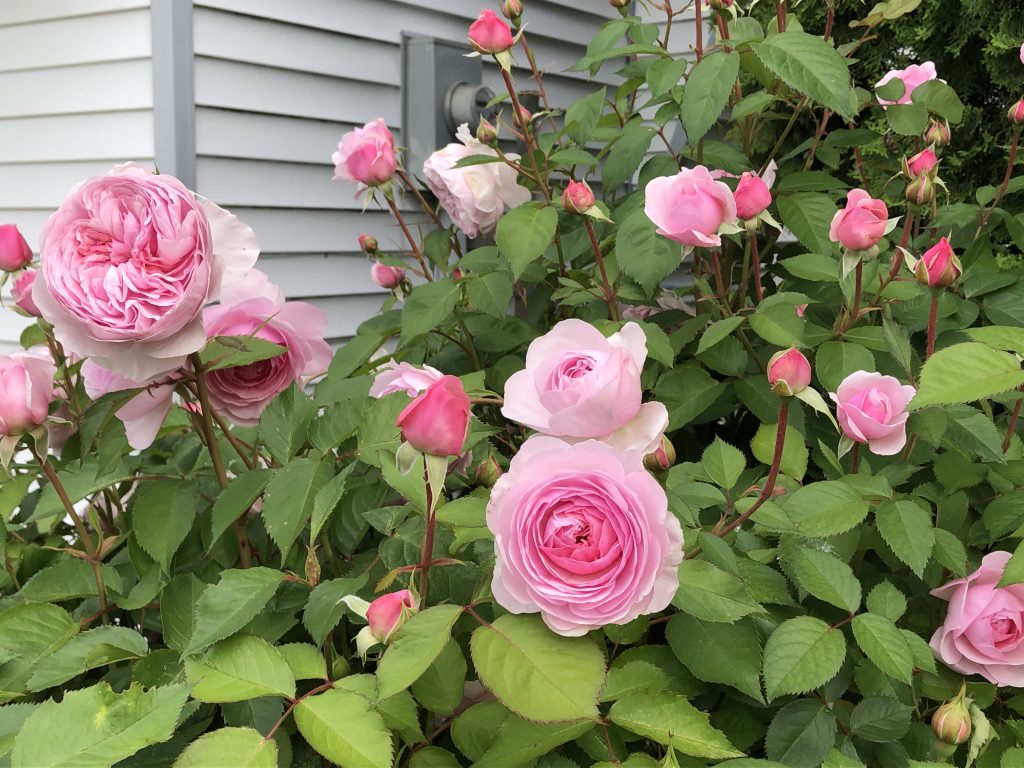
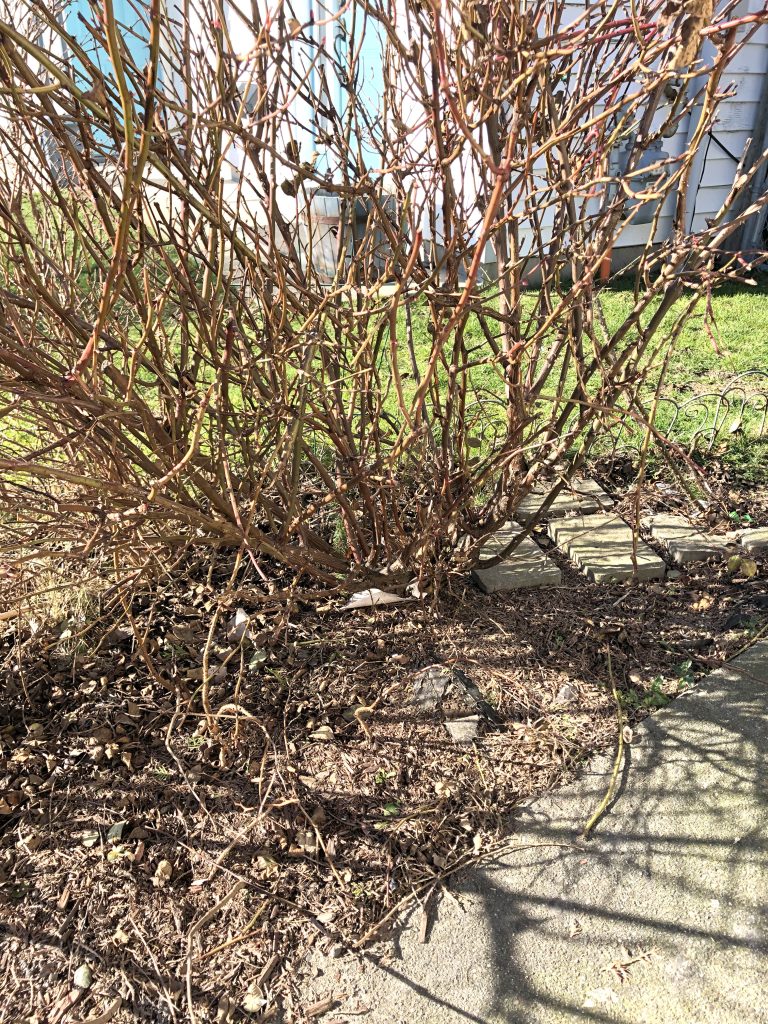

Olivia Austin Rose: Rose Before Pruning / Rose After Pruning
What About Climbing Roses?
So now that we know how to trim rose bushes, how about climbers and ramblers? First, follow the same rules of removing the dead, diseased, damaged, and twiggy stems (canes). Then take a step back and look at its support and structure. Are you training it on an arbor, trellis, post or fence? The first 2-3 years of a climber is about training the arching stems, so minimal pruning is needed. For older established climbers, trim back stems that have outgrown their support. Remove crossing stems and keep the younger more vigorous canes. You can prune back established canes by ¼ without it impacting blooming. Lateral branches should be trimmed back to 5 leaf buds. Remember to have a variety of heights in your canes and side shoots so that the area will be covered with blooms from top to bottom. Finally, check your ties used for attaching the stems to structures and replace any broken ones or those that have become too tight around the cane and may start to restrict the growth.
Throughout the summer, you will want to dead head and spent flowers as you see them. This will help the plant focus on growing new stems of blooms. After the first frost in autumn, you can do one last small trim of the longer stems to keep them from snapping during the long cold and potentially windy winter.
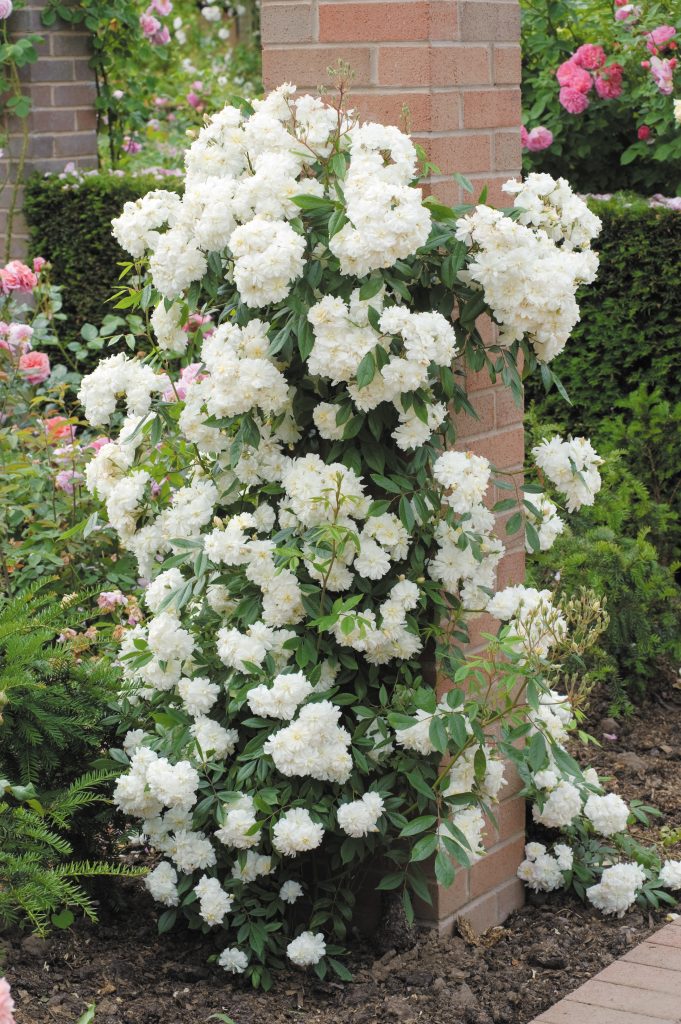
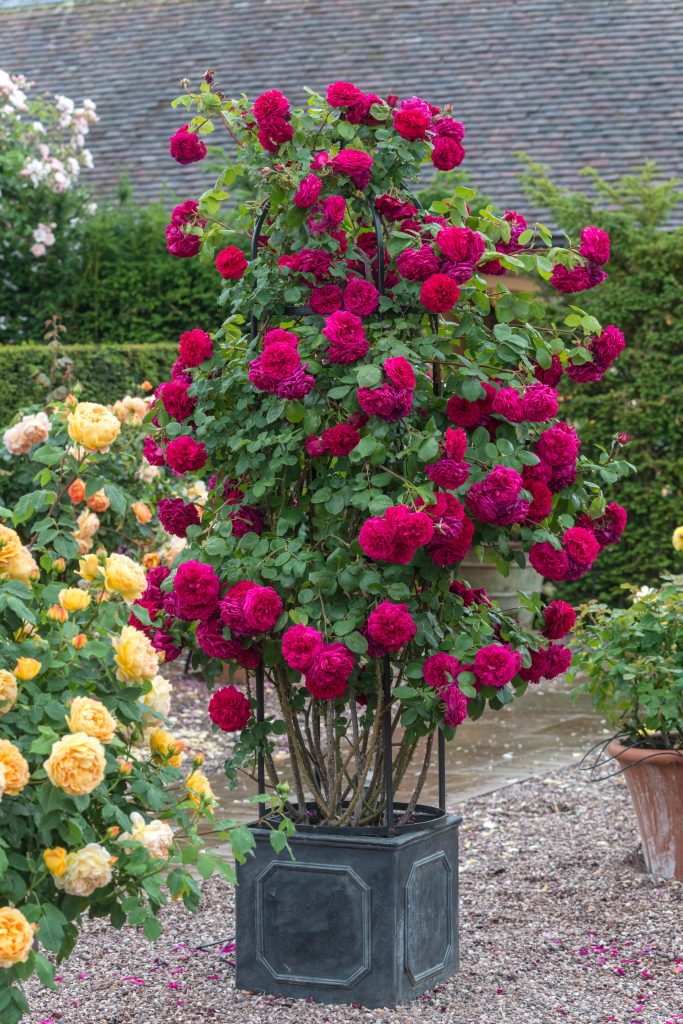
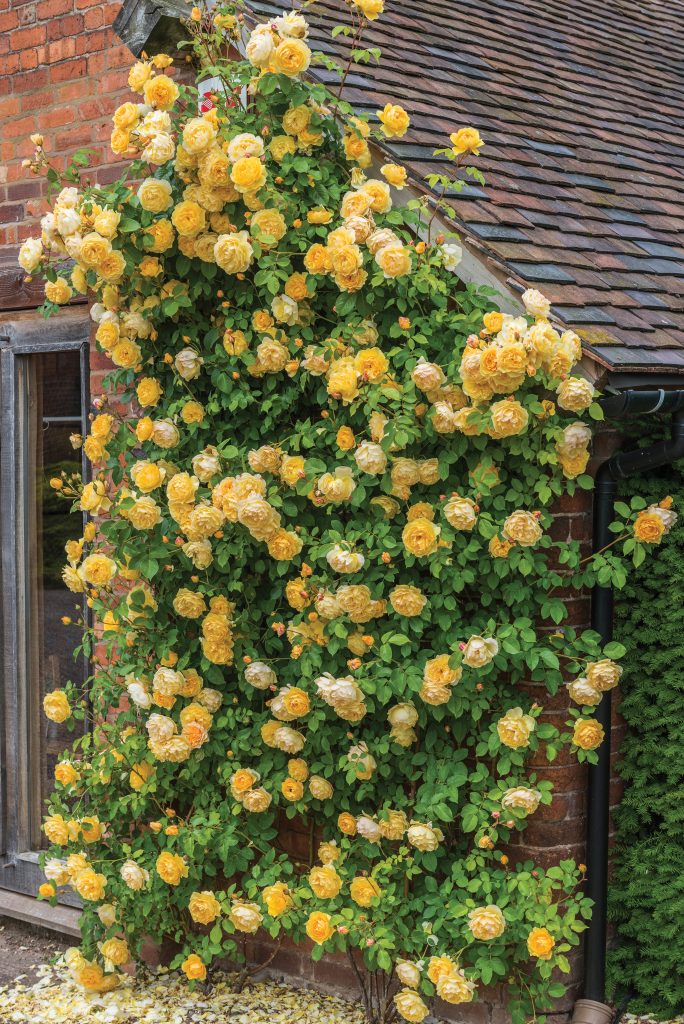
Tip!
Remember to water your roses in the summer, especially through the hot spells with a good soak at the roots two times a week. Avoid watering the leaves and blooms as this will leave water spots.
So, there you have it! Our guide to pruning roses. If you follow these simple steps, you’ll be able to keep your roses looking beautiful year after year. If you have any questions or need help getting started, don’t hesitate to let us know. We’re always happy to help our customers get the most out of their gardening experience. Have fun pruning and enjoy your beautiful roses!



John R McConnell
I’ve done my pruning now ( North Saanich Vancouver Island ) so is now the time to give the roses “Rose Fertilizer’?
Thank you.
Florissa
Great question! Once you have pruned your roses in the spring you can add a slow-release fertilizer once you see the leaves and buds start to form. You can fertilize again after the first flush of blooms and you see the second set of buds start to form. Remember to hold off fertilizing after mid-August as the rose will start planning for winter dormancy. Fertilizing in late summer will give the wrong signal to the plant (to start growing) when it should be slowing down.
Lilia Alexander
Thank you for sharing very interesting especially I have 76 DA Roses
Florissa
Wow! Your garden must be a full of fragrance and colour from spring through fall!
Sara Turner
Thank you for the info on pruning. I have a climbing rose in a large pot on our deck. I prune it in early spring, add horse manure and bone meal, yearly. It looks strong and heathy at the moment, but should I be doing anything else to keep it healthy? It’s about 6 years old.
Florissa
If the rose starts to outgrow its container or it seems to be less vigorous than in previous years, it may be time for repotting in the fall when it is going dormant – otherwise, keep up the great work! Also be watchful that the manure is very well-rotted as any fresh manure would be too strong for directly adding to soil in the spring. Disbudding faded blooms all season long will encourage more flowers too 🙂
Karen
Hi I am in zone 5a. I have 2 David Austin roses Benjamin Briton and Princess Marguerite.
They are planted about 12-18 “ from our house foundation to help them overwinter. They get full sun for about 3-4 hours. They are spindly. I am wanting to transplant them in a sunnier location and I have an area which receives about 6 hours of full sun next to the foundation of our home. Can I transplant and prune at the same time and should I also fertilize it after transplanting? Also can I plant it into a large pot sunken into the ground? I am a novice at growing roses but have been a gardener for over 30 years.
Thank you for your help.
Florissa
Hello Karen, the best time to transplant your rose is in early spring before it starts to sprout. You can also prune it at the same time. Amending the soil where it will be planted with some well-rotted manure blended with fine mulch is great. You can also add a tablespoon of Epsom salts to give them an extra boost. In early summer you can add some fertilizer to give the blooming a boost. We would not recommend planting in a large sunken container unless it is biodegradable as it will restrict the amount of moisture it has available from the surrounding soil. For planting in containers above ground – you can check out our article on growing in containers: https://florissa.com/gardening-in-small-spaces-growing-roses-in-containers/
Happy Planting!